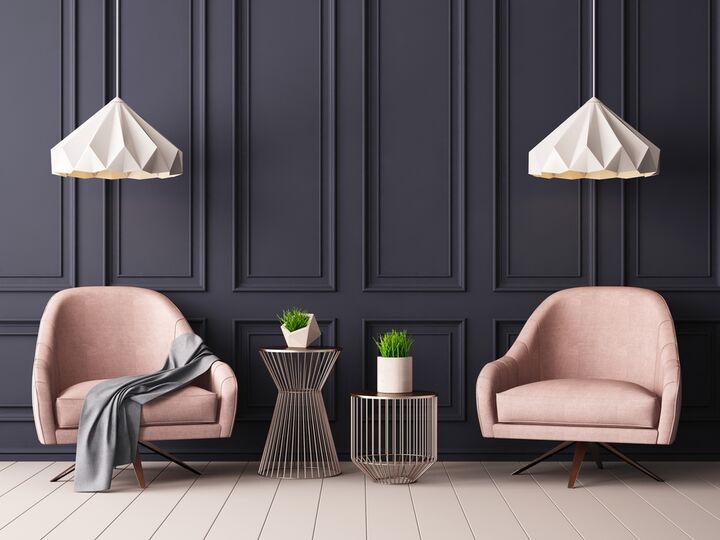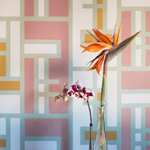
Knowing and applying proportion and balance in interior design are skills that are specialized by many interior designers. These are important for designers so that they may be able to create an interior that is appealing to the eye. There are various ways on how to achieve a beautiful interior. The most common is by using the sense of vision with trial and error to determine which design is most appropriate and pleasing for the homeowners and designers. The more educated and experienced the interior designer in this aspect of interior design, the more they will be at an advantage over others.
Principles of Proportion in Interior Design
Proportion can be defined as the balance between the design elements. Elements such as shape, color, and texture. In architecture and interior design, proportion is often associated with scale which is the comparative size of one or more objects. Measurements here is fixed and absolute. Proportion is basically the sound judgment whether the arrangement is right or wrong. In most cases, the right proportion may be achieved through trial and error. However with the knowledge and experience in designing the interior, correct proportion may be achieved in a shorter period of time. Right proportions may be achieved by repeating shapes, color, and texture. In some cases, controlling the light, and applying style and variety are also factors.
• Color proportion – color balance may be achieved by repeating colors in various places within a space. For instance, repeating the yellow color of a painting hung over the fireplace. Patterned yellow fabric on a chair. Throws in stripes which are yellow in color, or a rug with yellow borders. You may also try using yellow in various hues and place them in various areas. These may achieve a harmonious sense in color proportion.
• Proportion of space – proportion in space is the placement of objects within a space. It is a matter of scaling. For instance, the addition of chairs against a wall with a coffee table between them. If the chairs are small, then they would seem off. If the chairs are too large, then they may be oversize for the space and may seem off too. However, medium sized chairs may be just the right ones to add in the interior.
• Proportion of light – the right design of light, whether the source is natural or artificial is one of the important steps in achieving harmony in the interior. Light can do so much in the space. For instance, light can affect how one perceives the space. Ample light makes the space attractive and a dim light or shadows may not be that attractive. Another example is that an artwork can be a focal point of the interior if there are lights placed in front of it. Reading and work areas need adequate light to help in various activities such as reading, working, using the computer, and other related activities. The use of curtains, blinds and shades control the entry of natural light, therefore are also important in controlling the light that enters the house.
• Proportion in shape – shapes in repeating pattern within the space provides harmony. For example, if you have a square shaped decorative item, then you may place other square shaped objects to the different parts o the room. This is also true to the different shapes of objects that are available.
• Proportion in texture – variations in texture adds richness into the interior. Wallpaper or paint adds texture to the wall and can be a focal point of the room. This is also true for the carpets and rugs which add texture to the floor.
Principles of Balance in Interior Design
Balance can be applied in many ways. Riding the bicycle, stacking the wooden blocks, dancing ballet, and many others. Balance keep everything in place. If there is no balance, things will go sideways. Balance in interior design refers to visual balance, because without balance in the interior, things will be uncomfortable.
• Symmetrical balance – this type of balance is achieved if the items are repeated along a central axis. This is common in nature and the body. Symmetry in balance in interior design can provide the feeling of stability and calmness. This can be achieved through the proper arrangement of the furniture pieces.
• Asymmetrical balance – this refers to the visual weight of the objects. For instance, using different elements with the same weight placed on opposing axis to achieve balance.
• Radial balance – radial balance is something that is round or circular. Objects properly distributed around a central axis is an example of radial balance. An example in interior design is the arrangement chairs around a table, or a circular lighting fixture.




